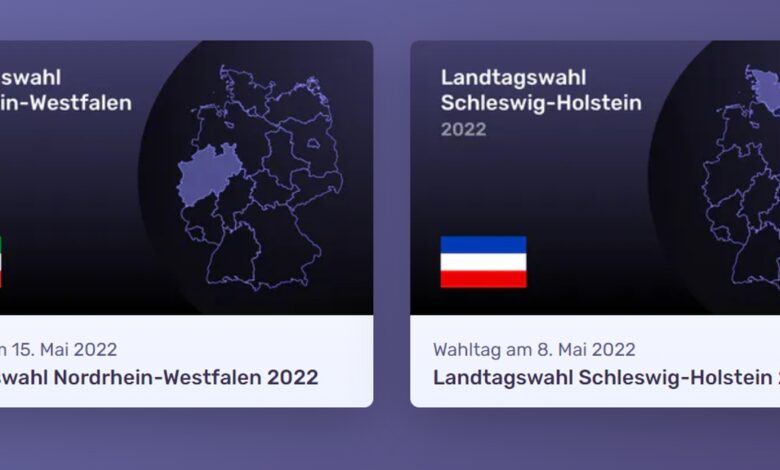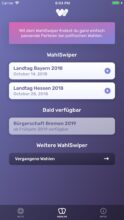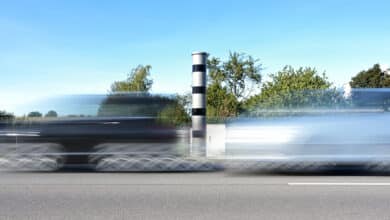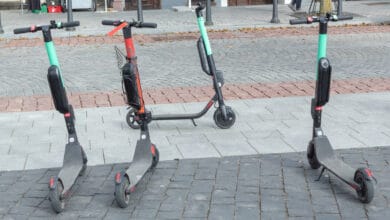
On May 08, the 2022 state elections will take place in Schleswig-Holstein and on May 15 in North Rhine-Westphalia. For undecided voters, the app WahlSwiper offers the possibility to find a tendency for the preferred parties by answering several political questions.
ElectionSwiper launched for NRW and Schleswig-Holstein
The WahlSwiper has already been helping undecided voters make their decisions since the 2017 Bundestag elections. Already for the 23rd time the WahlSwiper of the association VoteSwiper is used. Next to the Wahl-O-Mat, the app is considered the most popular option. Now the new version has been launched just in time for the state elections in NRW and Schleswig-Holstein .
In both federal states, a total of 36 questions each want to be answered. However, not all parties are represented. In Schleswig-Holstein, 15 of 16 parties standing for election have submitted their answers to the questions, in NRW 26 of 29 parties. The app was developed by political scientist Prof. Uwe Wagschal from the University of Freiburg and a 10-person editorial team.
In the questionnaire, among other things, questions on the abolition of grammar schools in favor of comprehensive schools, on the abolition of the debt brake or on increased border controls on the German side in response to Danish border controls have to be answered.
Individual questions that are particularly important to you can also be weighted twice. Answers are possible with yes or no in each case, and individual questions can also be skipped if desired.
Explanations, also with videos
Another special feature of WahlSwiper compared to Wahl-O-Mat: the app also offers short explanations of the individual questions or theses, in part also as a short video that can be played via the triangular play button above the respective question.
The questionnaires are then evaluated by mathematically comparing the answers given with those of the parties. The result shows the percentage by which one’s own positions coincide with those of the parties. The final result also shows how the parties justify their answers in terms of content.
“Our goal is to support voters scientifically and at the same time playfully in their election decision – and thus also to strengthen political interest and political discourse,” says Wagschal.






